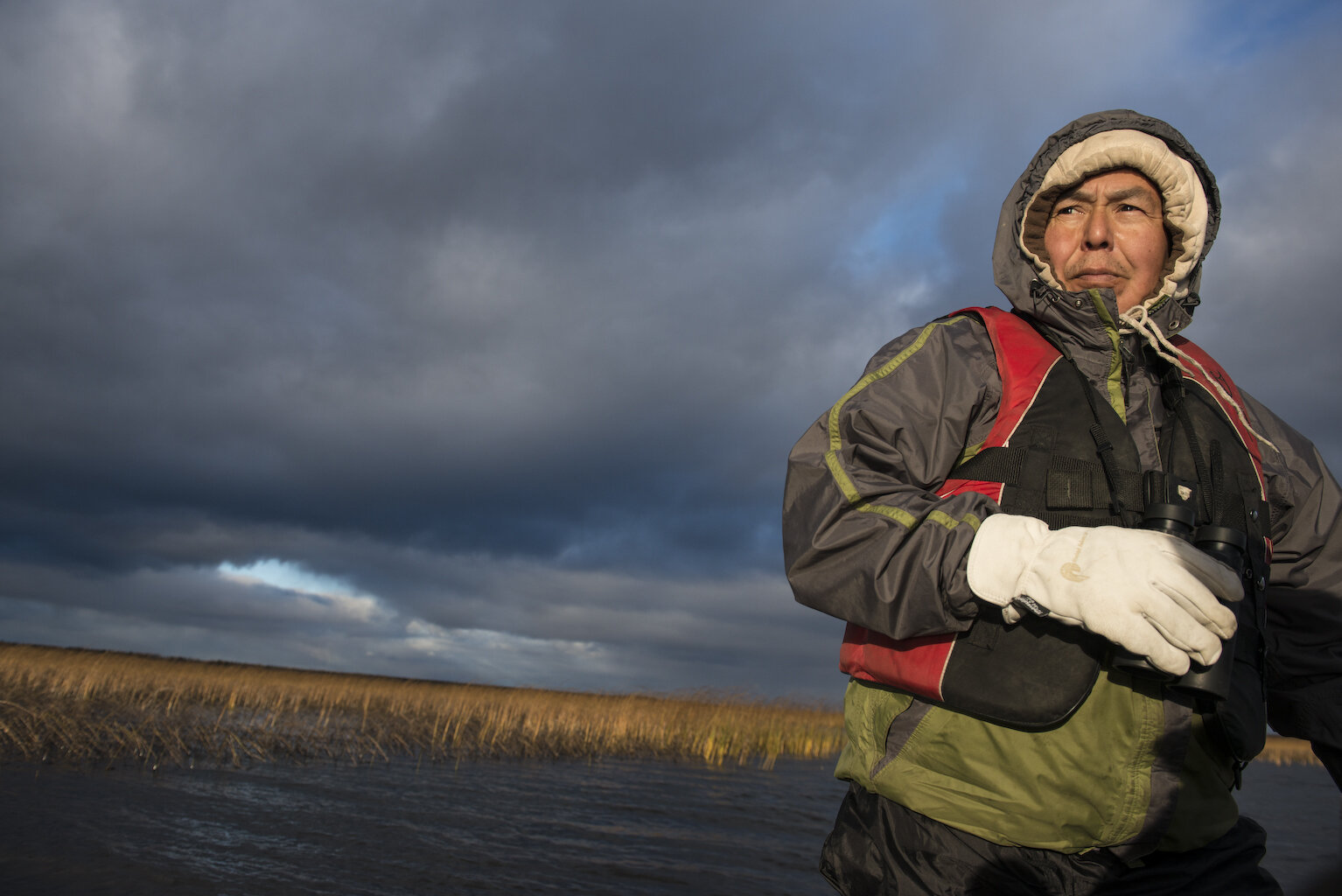As the climate changes, people and societies will need to respond more often to extreme and stressful weather, and will need to strengthen their ability to contend with frequent disruption. People often call this “climate resilience,” and the term typically carries a positive connotation. But others argue that if people are “resilient,” it makes it easy for politicians and governments to avoid dealing with inequalities and systemic problems that make people vulnerable. Others say that a focus on building “resilient systems” can enable neglect of the rights and agency of individuals. On June 15, 2021, CJRF grantee partners convened virtually to explore these critiques – and others – in a panel entitled “Exploring Resilience in the Context of Climate Justice.”
As expected, our partners had many insights to share, including how they define resilience, what it means in practice, and how funders and other groups can support efforts to ensure that the people hardest hit by the climate crisis will not only survive but thrive.
Webinar participants heard from four panelists:
Eriel Deranger, Executive Director at Indigenous Climate Action
Diana Duarte, Director of Policy and Strategic Engagement at MADRE
Aminul Hoque, Director of Monitoring and Evaluation at the COAST Foundation
Comfort Hajra Mukasa, Acting Director of Women’s Climate Center’s International
Oak Foundation’s Katharina Samara-Wickrama, a member of the CJRF Review Board, moderated the panel, which was followed by small-group discussion. Here we offer just a few of many key insights from the event:
Resilience is deeper than the ability to survive crises
Throughout the panel discussion and within our breakout groups, we considered the question, “What does resilience mean to you?”
The panelists agreed—resilience is not just about surviving disaster scenarios. For Comfort Mukasa, resilience is about equipping a community with the tools and resources they need to truly thrive. Aminul Hoque echoed this sentiment when he explained that while adaptation efforts are part of resilience, they are not the full extent of the work. Building resilience also requires approaches that build political power and voice and work for the most vulnerable.
Many breakout conversations underscored the value of placing resilience at a community and systems-level rather than using a narrow definition of individual resilience. People are resilient when they live within interconnected communities that enable multiple, holistic solutions to the challenges they face.
One takeaway for funders like CJRF is that communities hardest hit by crises are the only ones who should define what resilience means in their contexts. Funder resources should help communities realize their visions of resilience rather than the funders’ assumptions of what communities need.
Resilience can lock us into the status quo
Eriel Deranger pointed out that what is often defined as resilience is people’s capacity to endure human-built structures of oppression, such as colonialism, white supremacy, extractivism, and capitalism. In this context, praising the resilience of communities risks normalizing these structures when dismantling these systems of harm is what is truly necessary.
Participants shared that what western society assumes to be critical for resilience—financial security, being able-bodied, and individual agency—highlights capitalist and colonial culture values. While important, these elements are often different from what non-western communities consider the linchpins of climate resilience and the ability to lead meaningful lives, like maintaining deep connections to the land, honoring Indigenous knowledge and culture, and forming solid and interdependent relationships.
To reframe the global understanding of resilience, we also need to shift dominant systemic values. Funders need to stay critical of our ideas of resilience and test our assumptions about what it means to lead happy and thriving lives.
Climate resilience requires systems transformation
Diana Duarte also noted that some use resilience to mean the ability of people to grit their teeth and endure oppression. Instead, she posited that a broader view of resilience offers an opportunity to use crisis response to shape a better future. She suggested that we advocate within philanthropy and within our movements for actions that can help dismantle the oppressive systems that demand resilience in the first place.
In the panel and breakout discussions, participants agreed that systems transformation is not optional if we are to thrive. One breakout group offered that taking a past, present, and future view of resilience can help us work toward systems change and climate justice. While there are immediate and urgent needs now, resilience means understanding and addressing the historical root causes of present-day challenges. Furthermore, when addressing current challenges, continuing to push the boundaries of our systems is critical to ensure these structures do not perpetuate inequities.
While funders must invest in communities and equip them with what they need to fight climate crises on their terms, they must also divest—with words and actions—from the infrastructure that causes harm and often strips communities of their most valuable tools for building their visions of resilience.
Watch the full discussion on YouTube.
This exploration into the concept of resilience is far from complete. CJRF will engage in several activities to learn more from our partners in this work over the next few months.
The first opportunity to participate is a Twitter Chat on July 20th from 9-10 am EDT. Guidance for how to participate in the chat and the questions can be found on our blog. We hope you can join us for that discussion! Stay tuned for continued discussion on this topic and many others on our Learning and Insights page.

